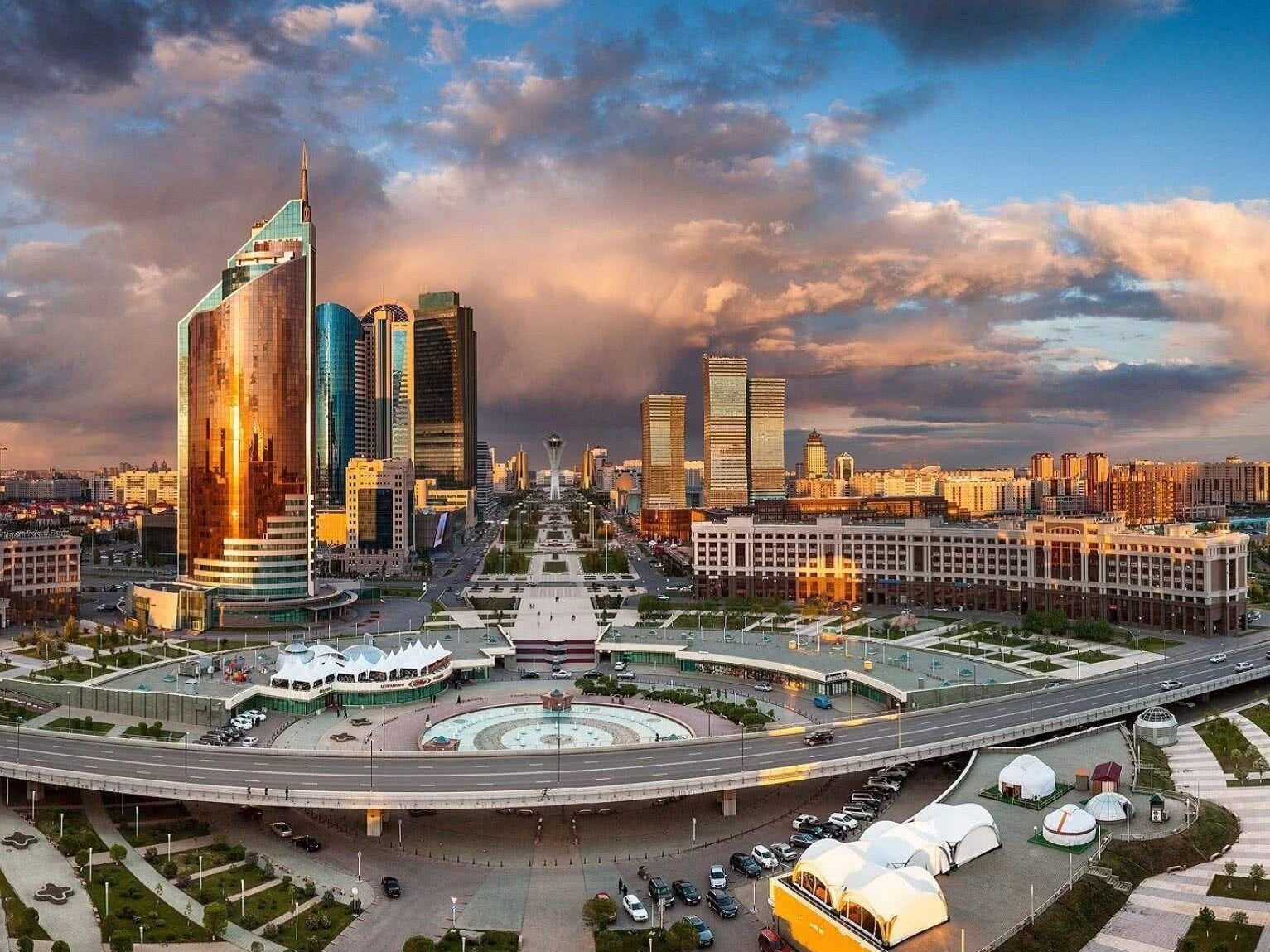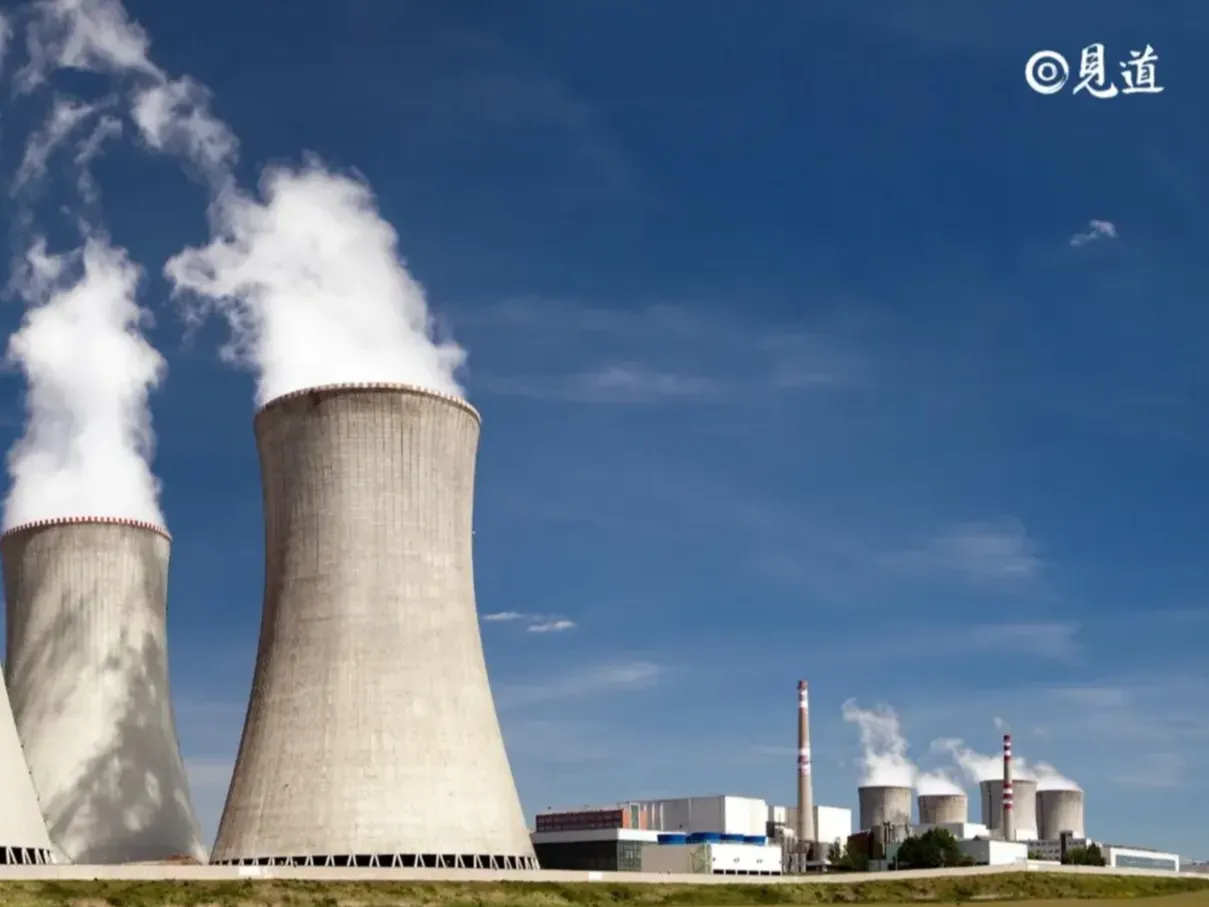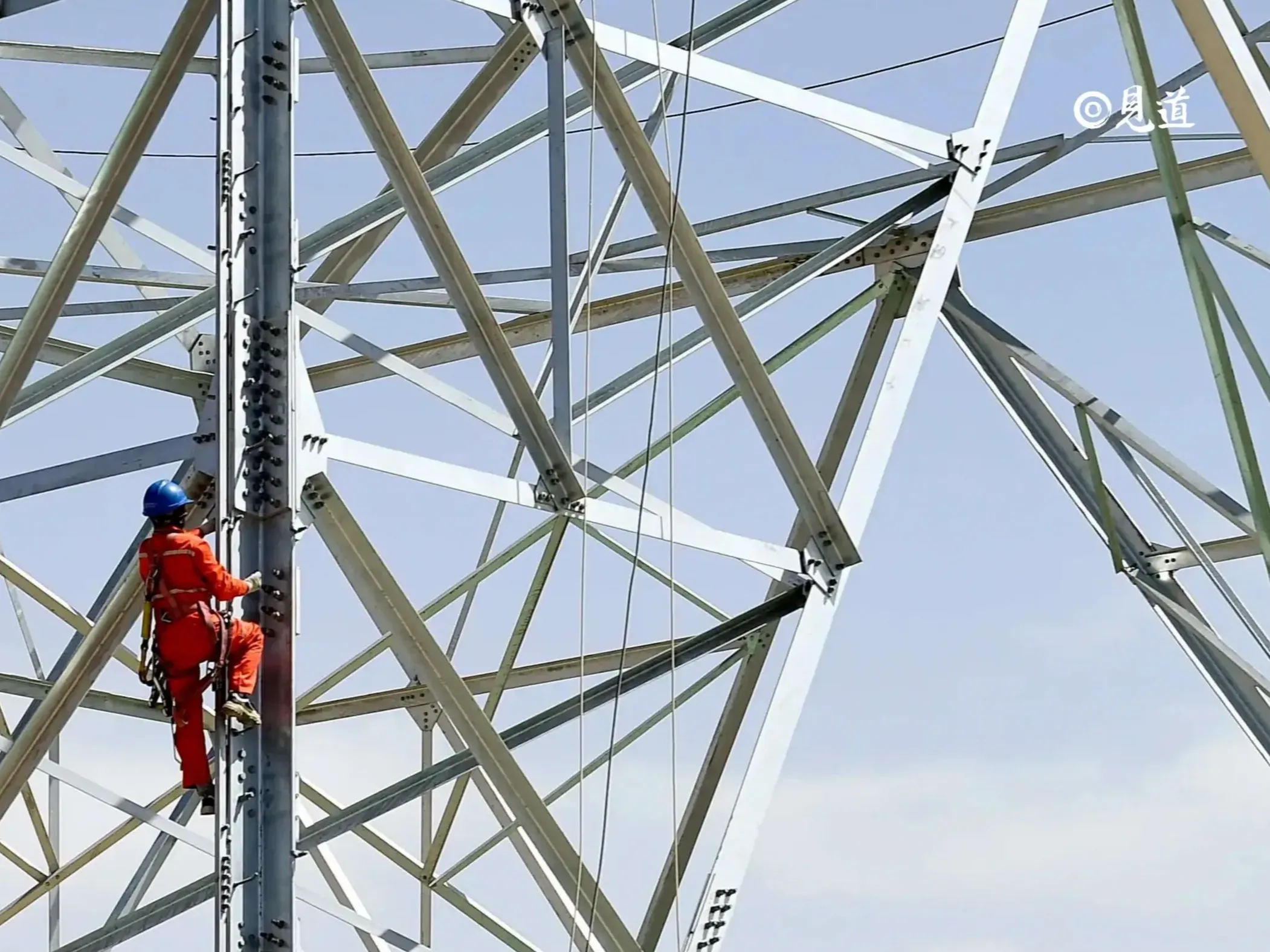- India calls itself the most open market and expects the West to increase investment in India

With the rise of China, India, which has a similar development vision with China, has cast a hostile look. Foreign media recently disclosed that Great Wall Motor’s investment in India has not been approved for a long time, and part of its US$1 billion investment in India has been redistributed to Brazil. From 2020 to the present, the Indian government has vigorously promoted the "de-sinicization" of the economy in an attempt to decouple from China economically.
Looking back at the “de-sinicization” policy of the Indian government, we can find that this is a systematic behavior of the whole government and the whole society. Although the results are not good, the purpose is very clear. Three aspects restrict, crack down, and ban Chinese companies, and decouple from China's economy.
For example, preventing Chinese companies from participating in the bidding of Indian government projects, conducting government review of Chinese investment, and banning nearly 300 apps with Chinese background, etc., are all to restrict and crack down on Chinese capital; impose anti-dumping duties on a variety of Chinese exports to India, and increase The major safeguard tax on imported solar cells and components, including imported color TVs in the restricted category, and air-conditioning in the prohibited category are measures to restrict and ban Chinese goods; while Indian state-owned telecommunications companies refuse to use Huawei equipment for network upgrades, and the Indian government Refusing Chinese companies to participate in 5G trials is to reject Chinese technologies and standards.
Decoupling
As for the Chinese products to be restricted, the Indian side has carefully selected them. India’s Research and Information System Research Center for Developing Countries issued a report stating that among about 4000 imported products from China, 327 products such as mobile phones, telecommunications equipment, cameras, solar panels, air conditioners, and penicillin can find alternative sources. China may be able to produce in India, and the value of these "sensitive imported products" accounted for 3/4 of the total imports from China.
The timing of the Indian government's promotion of "de-sinicization" of the economy has also been carefully considered. China-India trade disputes have existed for many years, but India’s demand for China to reduce its trade deficit has obviously increased after the Trump administration launched a trade war with China. The Indian side believes that the Sino-US trade war will inevitably lead to a shift in the global industrial chain and supply chain, and therefore actively lobby some multinational companies to transfer their production bases in China to India.
At the beginning of the outbreak in 2020, many Indians believed that the development of "Made in India" was "a once-in-a-lifetime opportunity".
Ironically, however, the Indian government's economic "de-sinicization" policy has not achieved significant results. Over the past year or so, India's economic dependence on China has not declined but increased. In 2020, China will again surpass the United States to become India's largest trading partner; in the first six months of 2021, the trade volume between China and India will increase by 62.7% year-on-year. This shows that the Indian government's economic "de-sinicization" policy is a failure, and it is difficult for the Indian economy to decouple from China.
But many Indians don't think so. Sahai, Director-General and CEO of the Federation of Indian Export Organizations, said, “Most economies will be in lockdown in 2020... Only Chinese factories are still operating, so imports from China remain flexible. But this is a short-term Phenomenon."
Plan
The persistent attitude of the Indian government to promote the "de-Sinicization" of the economy reflects the economic development thinking of Indian policymakers, and also deeply reveals whose interests the Indian ruling bloc represents. First of all, the vigorous promotion of "de-sinicization" shows that the Indian government mainly pursues an import substitution strategy. They want to develop "Made in India" to replace made in China. The ultimate goal is to achieve the so-called "self-reliance."
The Indian market can only belong to Indians. This is the natural logic of Hindu nationalism in the economic field. Second, the Indian government hopes to take advantage of the contradictions between China and the United States, relying on the United States and the West for economic development, rather than integrating into the current Asian global value chain and industrial chain centered on China. It wants to transfer the global value chain and industrial chain to India with the help of the United States and the West, and replace China's position in the world economy.
This is not only a major economic choice, but also a major geopolitical choice. This decision was made at the latest when India refused to join RCEP in 2019. On the one hand, it is because the Indian chaebol represented by the Modi government has closer ties with the West, and on the other hand, India hopes to contain it by joining the US and Western camps. China realizes its dream of being a global power.
Finally, one of the main purposes of the Indian government's economic development is to maintain and consolidate the interests of the Banian caste monopoly consortium represented by Modi and Shah. Modi won the general election with the slogan of economic development, but his subsequent industrial development policies, the privatization of state-owned enterprises, and the policy of "disposing of banknotes" all benefited the development of the Banya monopoly consortium, rather than the development of small and medium-sized industries. The economic and trade exchanges between China and India have created a large number of small and medium-sized industrial and commercial workers and the middle class for India. Their growth is likely to threaten the interests of the Barnia monopoly.
India has always regarded China as the target of benchmarking, trying to catch up with China in all aspects, and the implementation of economic "de-sinicization" can not only protect the industries of the Barnian monopoly from competition, but also use political means to grab China for them. The previously unavailable market share created by companies in India is prominently manifested in the Indian government's ban on Chinese apps. The Modi government’s economic "de-sinicization" policy is not purely out of catering to domestic nationalist sentiments, but has a deeper domestic and international political and economic logic. Therefore, although India’s economy is currently facing difficulties, its economic “de-sinicization” policy may be difficult to completely change. Editor/Xu Shengpeng
Comment
 Praise
Praise
 Collect
Collect
 Comment
Comment
 Search
Search














Write something~